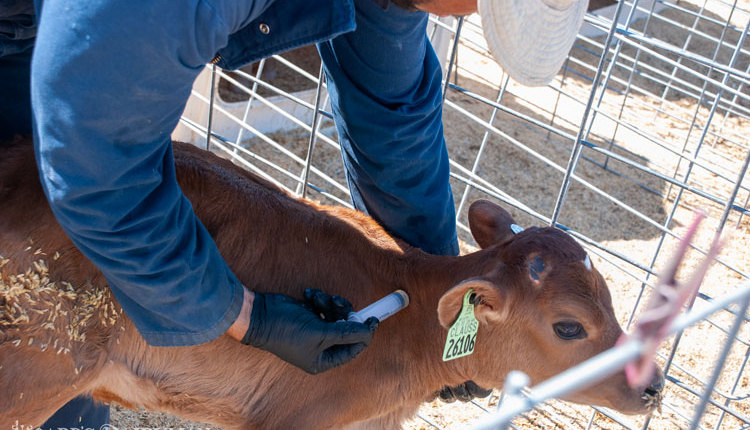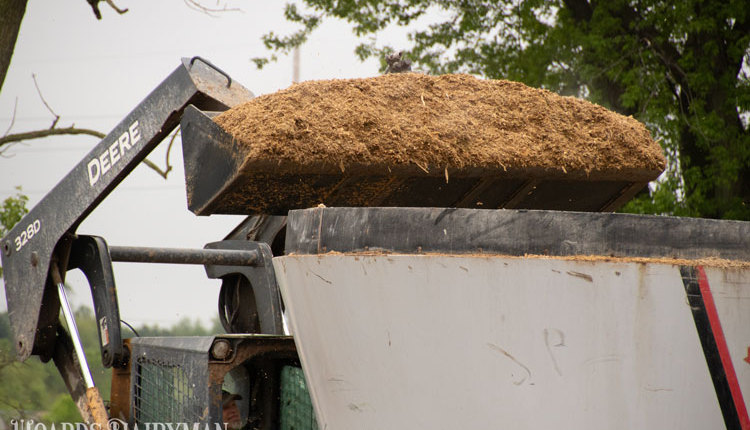It has been well documented that smaller dairy farms contribute less milk to the national bulk tank these days. A recent USDA report suggests that the same situation is taking place among midsize operations, although at a far slower pace. This midsize category is an important component of rural America because these enterprises generate 21 percent of total U.S. agricultural production, but represent a mere 6 percent of all operations.
In making its recent assessment, USDA evaluated all farms, including dairy operations, based on income levels. Those in the midsize category generated between $350,000 and $1 million in gross cash farm sales each year. Large farms grossed over $1 million while small commercial enterprises sold between $10,000 to $350,000 in crops and livestock. To put this revenue in cow terms, the average U.S. dairy herd produced 22,000 pounds of milk per cow and earned a $17 mailbox milk price last year. Accordingly, those herds would average between 95 and 275 cows.
With this in mind, how has the midsize group fared between USDA’s 1992 and 2014 studies?
This category as a whole shrunk 5 percent as 6,000 farms moved to lower or higher income categories during the past two decades. By comparison, large farms grew 107 percent by adding 35,000 businesses while the small commercial category fell 22 percent as it lost 245,000 operations. Since 1992, midsize farms shifted toward grain and oilseed crops, hogs, and poultry, but away from dairy and high-value crop sectors.
With 125,000 farms in the midsize sector, dairy still has a solid foothold with 10,740 operations selling between $350,000 and $1 million in milk annually. Even so, there are more cows in large herds these days.
As noted in a previous USDA study, Milk Production Continues Shifting to Large-Scale Farms, the percentage of milk cows housed in herds with over 1,000 cows rose from 10 percent to 49 percent from 1992 to 2012. Meanwhile, cows found in herds with fewer than 100 head fell from 49 to a meager 17 percent of the nation’s herd. That leaves the middle category. It too dropped from having 41 percent of the nation’s cows to 34.
Like small farms that must be extra careful with capital, so too must midsize farms as there is less margin for error. The gap between operating profit margin between midsize and large farms has more than doubled over the past two decades. That alone explains the transition occurring in the midsize category.










